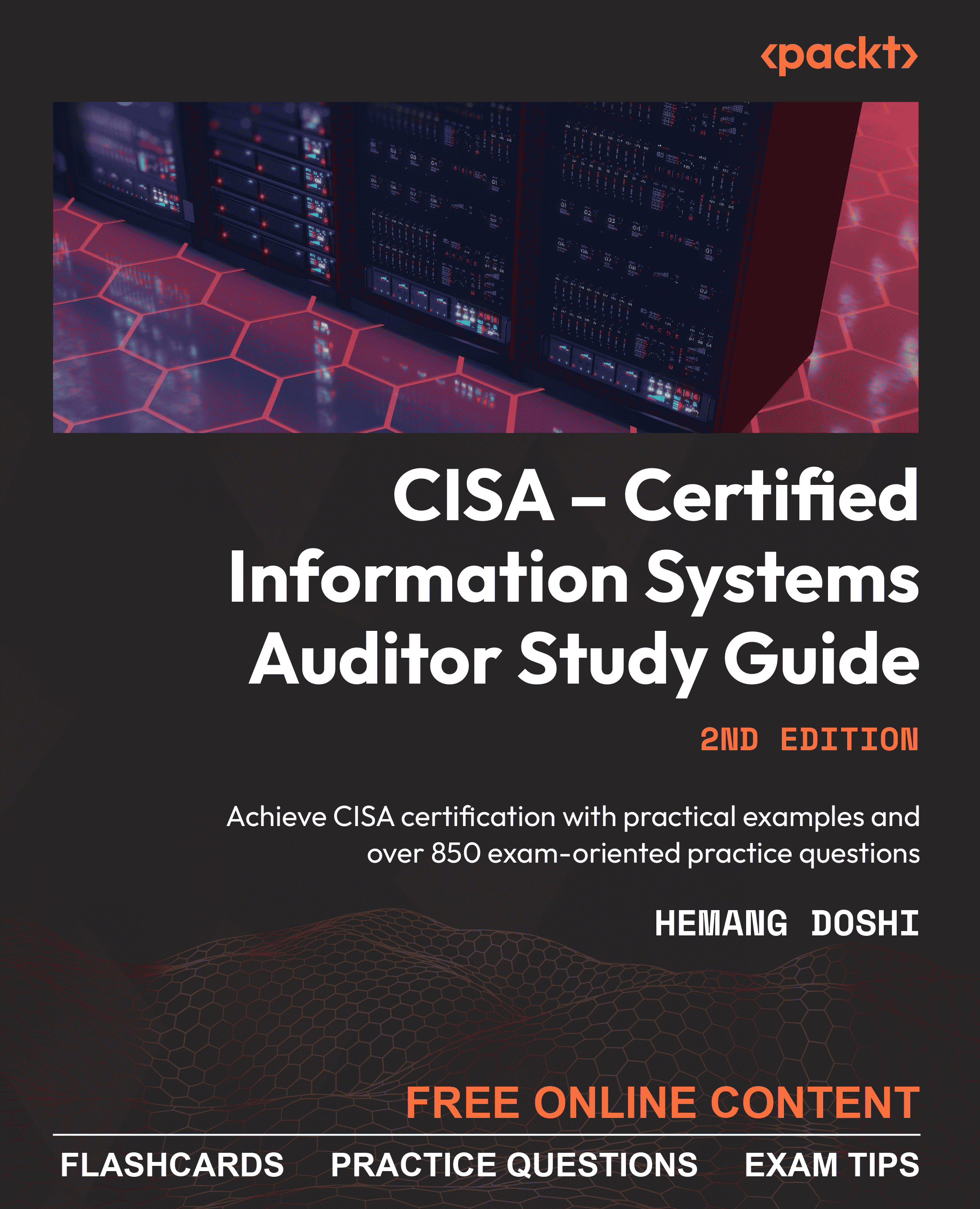IS operations are the core of the IS cycle, and depending on the size of the enterprise and its business context, the nature of IS operations can vary. In this chapter, you learned about various technology components and how to identify risks related to IT assets. You also explored IT operations and IT management practices. IT asset management is a very important element in designing and developing an effective security strategy. The following were the important topics covered in this chapter: • RFID is used to identify and locate assets within a limited radius. It uses radio waves to identify tagged objects. A tag includes a microchip and an antenna. The microchip in a tag is used to store the information and the antenna is used to transmit information to an RFID reader. • Date-and-time stamping for both the source code and the object code will help to ensure that the code is in sync. • Referential integrity refers to the integrity and correctness of data within a related table. The primary key and its associated foreign key must be consistent. Changes to the primary key must be applied to associated foreign keys. Referential integrity will prevent users from adding records in a foreign table. At the same time, users cannot delete primary keys if related records are available in foreign tables. In the next chapter, you will learn about various risks, controls, and practices related to business resilience.



